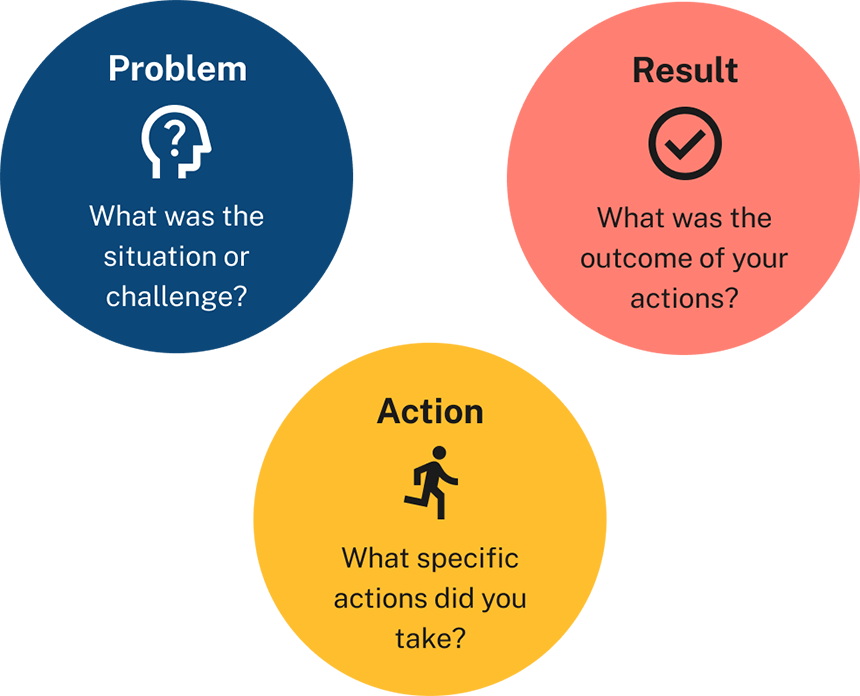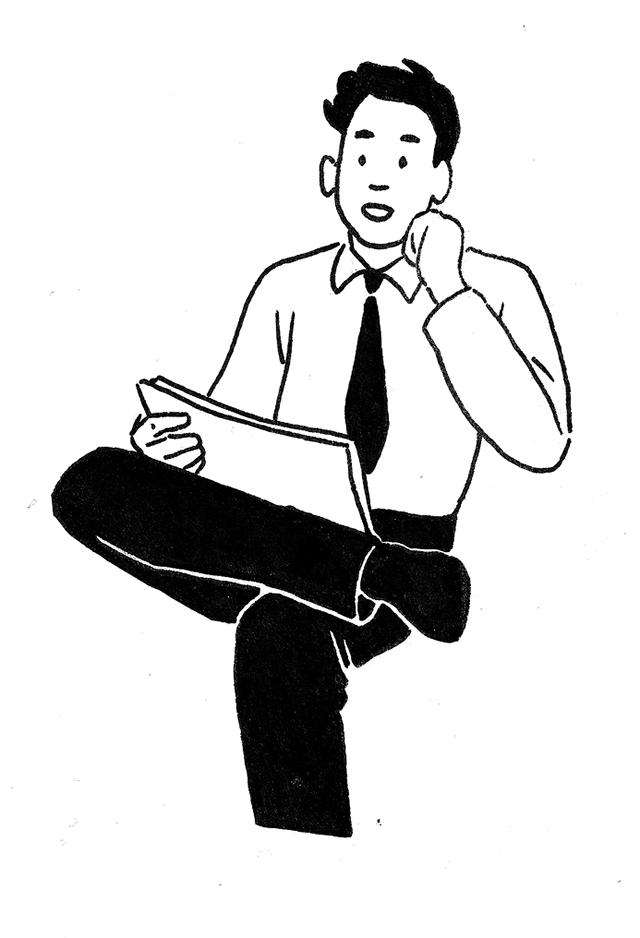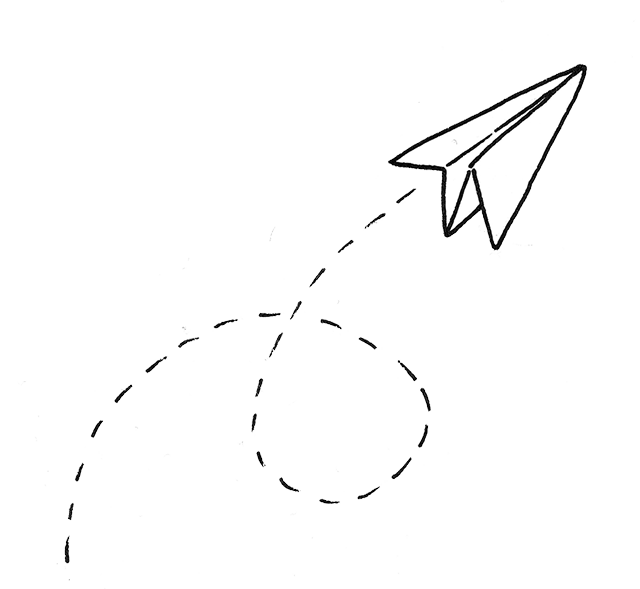The interview process
Understanding the interview process can help you better prepare and present your best self to interviewers.
What is performance-based interviewing?
The U.S. Department of Veterans Affairs (VA) uses Performance-Based Interviewing (PBI) to evaluate candidates in a structured, fair, and experience-focused way. PBI questions measure job-related competencies by asking about a candidate’s behavior in past experiences and/or their proposed behavior in hypothetical situations. PBI is based on the belief that past behavior is the best predictor of future performance.
The purpose of PBI
PBI helps hiring managers assess if your experiences and behaviors align with the competencies required for the role. These competencies might include leadership, teamwork, flexibility, interpersonal skills, communication, customer service, or decision-making. Questions are tied to job requirements, making them better measures of each candidate’s proficiency.
PBI also ensures consistency and fairness in interviews. Every candidate is asked the same core set of questions, making the comparison objective.

Using the PAR technique
To respond effectively to PBI questions, VA encourages use of the PAR (Problem, Result, Action) method.
PBI questions hinge on a storytelling component to effectively judge a response; you’re pulling from your vast wealth of experience to answer the question.
However, you may find yourself tempted to go into greater depth than is warranted to explain a situation. Using the PAR acronym reminds you to focus your answer on the “problem” you encountered, the “action” you took, and the “results” you experienced.
If you can get your answers “up to PAR,” you’re well on your way to a successful interview.
Before the interview
Study the job announcement
Understand the duties, responsibilities, and required qualifications. Make note of the competencies listed—they’ll likely guide the interview questions. Research VA so you have a better understanding of our mission and goals.
Reflect on your experiences
Identify situations from your past jobs, volunteer work, military service, or other experiences where you demonstrated key competencies that match the job requirements or are relevant to VA. Think of examples where your actions led to a successful outcome—or where you learned something valuable from a challenge. Provide responses that highlight both technical and soft skills.
Practice using PAR
Write out a few examples in the PAR format and rehearse your delivery. Practicing out loud helps you feel confident and articulate in the moment.
Prepare logistically
- For virtual interviews: Test your internet connection, audio, and video. Choose a quiet, well-lit space and dress professionally.
- For in-person interviews: Plan your route in advance and arrive early. As with a virtual interview, dress professionally.


During the interview
Stay focused
Listen closely to each question and take a moment to think before responding. Ask for clarification if necessary. Stay on topic and keep your answer structured to have a clear beginning, middle, and end.
Be honest and specific
Use first-person (“I”) statements to clarify your role in the situation. Be truthful, even when discussing failures—what matters is what you learned or how you improved.
Show emotional intelligence
Go beyond technical details. Reflect on how your actions impacted others, how you managed emotions, resolved conflict, or showed empathy. These insights make your answers stand out.
Keep a professional demeanor
Speak clearly, maintain eye contact (or camera focus), and project confidence and enthusiasm. Express your genuine interest in the mission of VA.
Let yourself shine
Don’t be modest; this is your chance to brag about your skills and accomplishments using specific examples of how you applied your knowledge and skills to various work situations.
Ask questions
Come prepared to ask questions; this demonstrates your level of interest and commitment to finding the right role. View the interview as a conversation between you and the interviewers where you’re gathering valuable information to help you make the best career choice possible.
Wrap up
Before the interview concludes, touch on any qualification you didn’t have a chance to discuss and inquire about the next stage in the process. Be sure to thank the interviewers for their time.
After the interview
Send a thank-you note
Email your interviewers within 2 days. Express appreciation for the opportunity and briefly reinforce your interest in the position.
Update and notify your references
Ensure your references’ contact information is up to date. Let your references know they may be contacted and share the competencies discussed so they can tailor their responses accordingly.
Be patient
The VA interview and hiring process can take time, ensuring all candidates are evaluated thoroughly and fairly. Human Resources will notify you of the results once a selection has been made.

What’s next?
You’ve read up on how to prepare for the VA interview process, now see some examples of interview questions and how to answer them.

Sample interview questions
Reviewing the questions you are likely to be asked and the best ways to answer them will help set you up for success.


